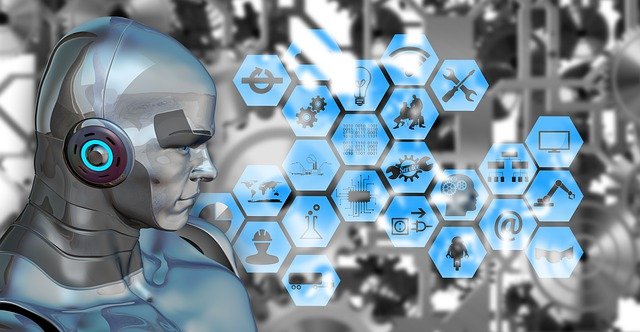A zinc battery made using a compound from crab shells can be recharged at least 1000 times and can biodegrade or be recycled at the end of its life
Piles of crab shells could be used to make zinc batteries work more efficiently
Colin Marshall/Alamy Stock Photo
A rechargeable battery made from crab shells and zinc could store wind and solar energy, and then its parts can either safely biodegrade within a matter of years or be recycled.
The key is chitosan, a compound derived from chitin, a substance found in crab and shrimp shells. The battery could provide impressive power storage and be recharged at least 1000 times, says Liangbing Hu at the University of Maryland.
Lithium-ion batteries are the current standard, but their production requires mining lithium, which can damage the environment, and there are limited supplies of the metal.
Advertisement
Batteries based on zinc ions are an interesting alternative because zinc is so abundant in nature, says Hu. However, zinc-ion batteries usually can’t be charged many times and perform poorly because the water inside the battery – which is necessary as a conductor for the ions – corrodes the zinc and forms deposits on the anode that interfere with the battery’s function.
Hu decided to investigate chitosan because its molecules bond well with water, which means fewer water molecules should be available to react with the zinc, which might help prevent zinc corrosion.
Read more: Supercharging tweak could fill electric car batteries 90% in 10 mins
Biodegradable and widely available in nature throughout the world, chitosan is safe and inexpensive, says Hu. A single coin-sized cell battery membrane 2 centimetres wide that separates the anode from the cathode would only require 20 micrograms of commercially available chitosan powder, which would cost about US 0.00017 cents.
Hu and his colleagues created a flexible, transparent membrane that contained chitosan and zinc ions, compressing it until it was flat and dense. They then placed this over the zinc anode. The cathode was made of an organic compound known as poly(benzoquinonyl sulphide) or PBQS.
Testing showed that the membrane allowed high, fast conductivity of zinc ions without the typical zinc corrosion in water. Instead, particles of zinc turned into microscopic hexagonal platelets that piled up in flat layers along the side of the test battery’s anode – continuing to help reduce unwanted reactions with the zinc.
As for performance and lifespan, the prototype operated at a high current density of 50 milliamperes per square centimetre for 400 hours – or 1000 cycles of charge, which is comparable to small lithium batteries.
“It is not an easy thing for batteries to operate at high current density,” says Hu.
Inside a closed battery, chitosan would gradually degrade over a period of several years, and the remaining zinc could be recycled, he says.
Journal reference: Matter, DOI: 10.1016/j.matt.2022.07.015

